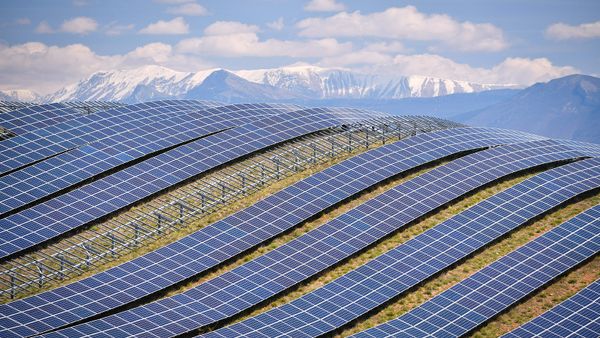If you have a lot of heat, then you can do what power plants do -- you can use the heat to generate steam, and use the steam to spin a turbine. The turbine can drive a generator, which produces electricity. This setup is very common, but it requires a fair amount of equipment and space.
If you would like to generate electricity from heat in a simple way that has no moving parts, this usually involves thermocouples.
Advertisement
Thermocouples take advantage of an electrical effect that occurs at junctions between different metals. For example, take two iron wires and one copper wire. Twist one end of the copper wire and one end of one of the iron wires together. Do the same with the other end of the copper wire and the other iron wire. If you heat one of the twisted junctions (perhaps with a match) and attach the two free ends to a volt meter, you will be able to measure a voltage. Similarly, if you hook the two iron wires to a battery, one junction will get hot and the other will get cold.
Interplanetary satellites that fly toward planets such as Jupiter and Saturn are so far away from the sun that they cannot use solar panels to generate electricity. These satellites use RTGs (radioisotope thermoelectric generators) to generate their power. An RTG uses radioactive material (like plutonium) to generate heat, and thermocouples convert the heat to electricity. RTGs have no moving parts, so they are reliable, and the radioactive material generates heat for many years.
Advertisement

